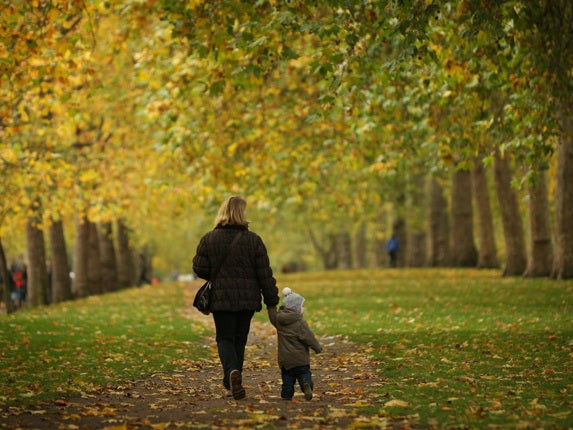Autumn 2010, a golden vintage

Your support helps us to tell the story
From reproductive rights to climate change to Big Tech, The Independent is on the ground when the story is developing. Whether it's investigating the financials of Elon Musk's pro-Trump PAC or producing our latest documentary, 'The A Word', which shines a light on the American women fighting for reproductive rights, we know how important it is to parse out the facts from the messaging.
At such a critical moment in US history, we need reporters on the ground. Your donation allows us to keep sending journalists to speak to both sides of the story.
The Independent is trusted by Americans across the entire political spectrum. And unlike many other quality news outlets, we choose not to lock Americans out of our reporting and analysis with paywalls. We believe quality journalism should be available to everyone, paid for by those who can afford it.
Your support makes all the difference.It almost appears too splendid to be true, with a sunburst of colours capped by burnished gold – but just in case you haven't been getting out much, this is what Britain's autumn foliage looks like, right now.
The long drought of the spring, and the wet and cool of the late summer that followed, have combined to produce an outstanding autumn leaf display, in a palette which ranges from pale yellow through orange to red and golden-brown. Not to mention the green which is still showing and can be seen in this remarkable tunnel of colour, photographed in Clifton, Bristol.
The sharp climatic shift between two periods, such as we witnessed this year, intensifies the process of leaf ageing and dying and produces the best autumnal shows, said Dr Nigel Taylor, Curator of the Royal Botanic Gardens, Kew. Dr Taylor himself is presiding over an exceptional parade of colours in south-west London, featuring some of the best autumn-showing trees from all over the world, ranging from liquidambars, hickories and tupelo trees from the USA, to Asiatic maples from Japan.
In particular the Liquidambar styraciflua trees, or American sweetgums, from the north-eastern USA, are "looking spectacular all along the Broadwalk," Dr Taylor said, adding: "They're in all shades from green, orange and red, to deep, deep purple."
The autumn colours of trees are produced when chlorophyll, the bright green pigment which plants use for photosynthesis – the process of making their food with the energy of the sun – ceases to be dominant at the end of the growing season, and other natural pigments present in the leaves begin to show themselves, such as carotenoids. These produce the yellows, oranges and browns of the autumn leaves. Another set of pigments, compounds known as anthocyanins, are manufactured at the end of the summer and these produce the deeper colours, the fiery red, the bronzes and the purples.
Anthocyanins are present in about 10 per cent of trees across the northern hemisphere as a whole, but in New England, perhaps the world's most famous location for autumn foliage, where tourists who go to admire are known as "leaf peepers", they are present in as much as 70 per cent of species.
Britain cannot compete with Maine, Vermont and New Hampshire, but as the photo shows, we produce autumn spectacles of our own.
Join our commenting forum
Join thought-provoking conversations, follow other Independent readers and see their replies
Comments